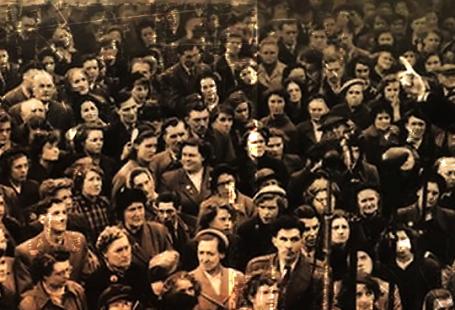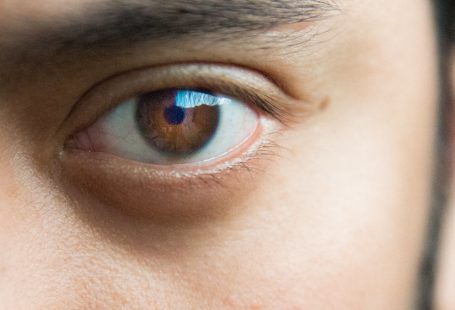
POWERPOINT SLAVARERY
Don’t follow the structure you premade, take feedback.
Eyes get stuck to the screen. (blank screens white or black)
You just put something together without knowing where your students are at.
- Avoid too much content.
- Avoid too fast of a pace
- Pictures can be distractors.
Be Pragmatic –
he knew what the information is
but he knew where I was and what questions I have to answer
Develop a Rapport: Be Personable
Have activities and tasks (pertinent, rapport building)
Start with a story hitting the three marks above. Use a video.
STORIES in lecture: should these three marks
- See themselves as professionals
- Assess their own learning gaps
- Pay attention to new knowledge
Consider hand drawn animation using iPad and a tool tip.
Draw your own Pictures.
Have clear times:
- Time to look at me
- Time to look at video
- Time to look at picture/text
- Time to do formative assessment
Have an Assessment strategy:
- Use Concept mapping for topics like Motor Physiology, Basal Ganglia anatomy,
- Use write a test question by the fellows (based on what we learn today).
- Consider Exit ticket for the Grand rounds
- Ask to draw the picture on topics like basal ganglia
7 Rules to teaching
- Know where your students are at and teach what they need.
- Show them the path of learning (how to organize).
- Motivate the students with stories/activity
- Mastery = skills + practice + application
- Students need to know specific learning goal (objective)
- Climate of the course impacts learning.
- Ask students how should they be evaluated (self-directed learning).
Rapport Building Activities:
- Most Effective teacher I had?
- KETCH UP BOTTLE Experiment: Picture me in ketchup bottle (Heinz up, Heinz down, Plastic dispenser, Not at all)
- Metaphor Activity: What is your role? Draw yourself as a Metaphor for (teacher, student, resident).
MAKING a BETTER POWERPOINT PRESENTATION
Open with a Bang:
Know where your students are at!
Build rapport (do an activity, and/or show a video)
Set clear learning goals (objectives)
Why is it important

Mastery=
Skills
Practice
Application
Remember: Climate of the course impacts learning.
Skills = provide relevant information in a dynamic fashion.
Follow the rabbit.
Practice= Have an affirmative testing strategy. (may be dispersed)
Redirect with the feedback
Don’t follow the slides blindly.
? Jumping around the slides? interactive slide deck? like a website
Application: Exit strategy:
Concept mapping
Write test question
Exit ticket?
Draw a picture?
Flipped learning: Give them handout to search more information to read afterwards based on their identified gaps (self-directed and self-paced learning)
Ask me questions, I am available, reach out to me.
I can send you more information.






